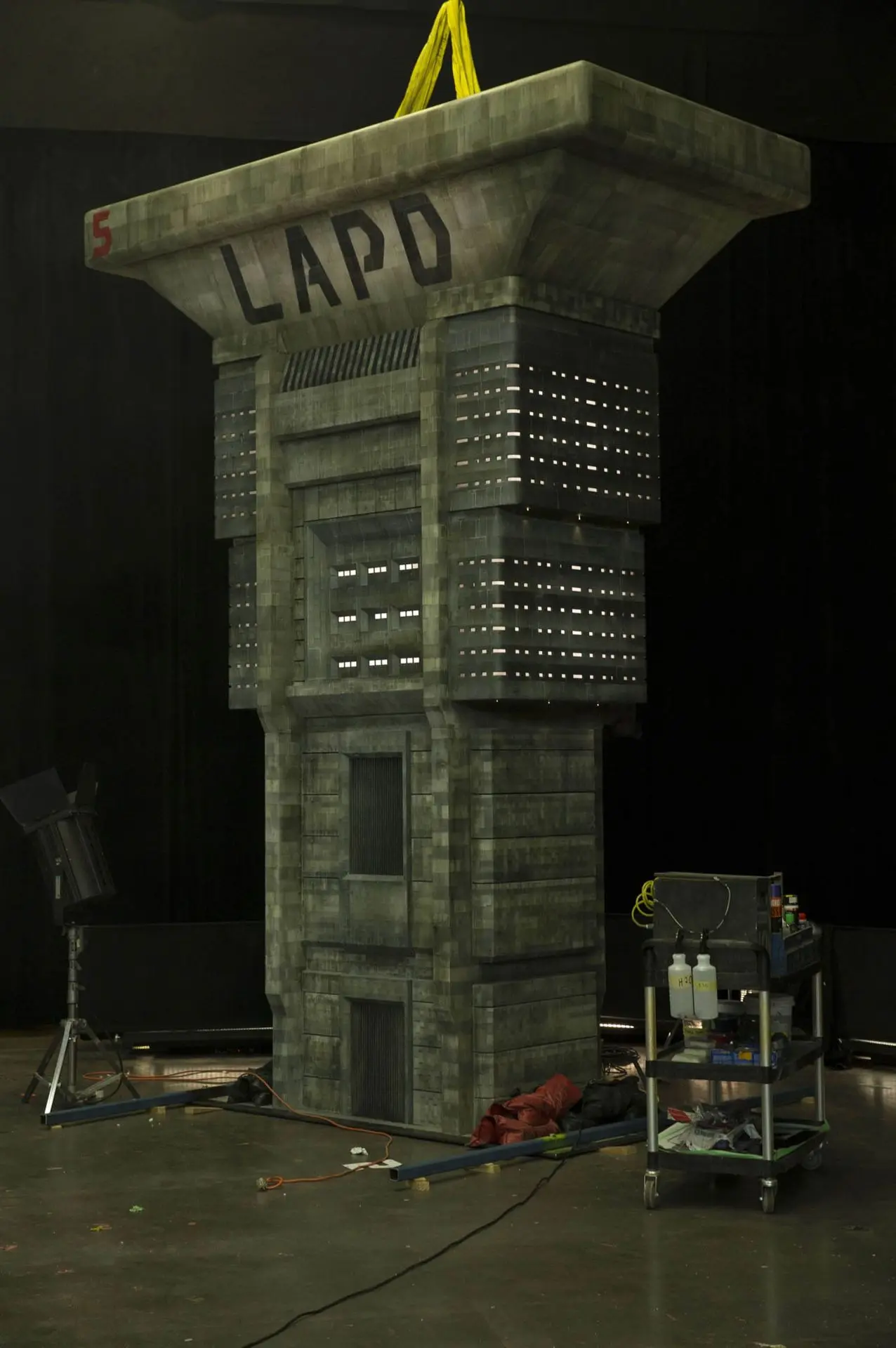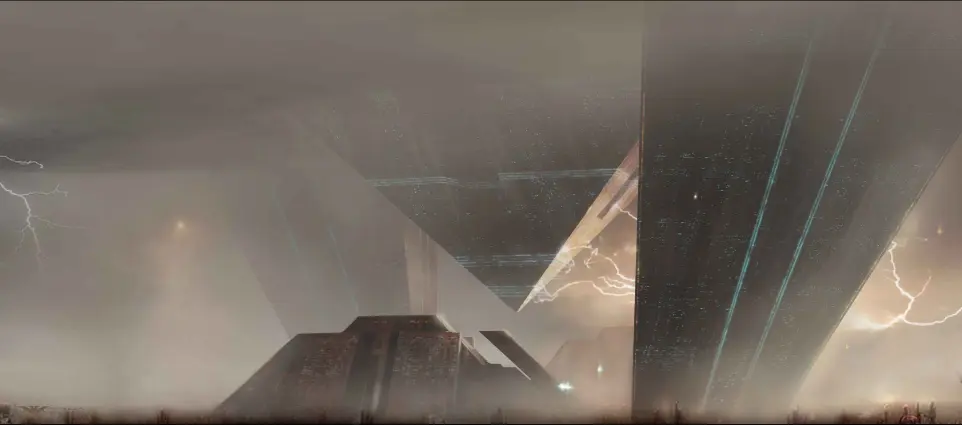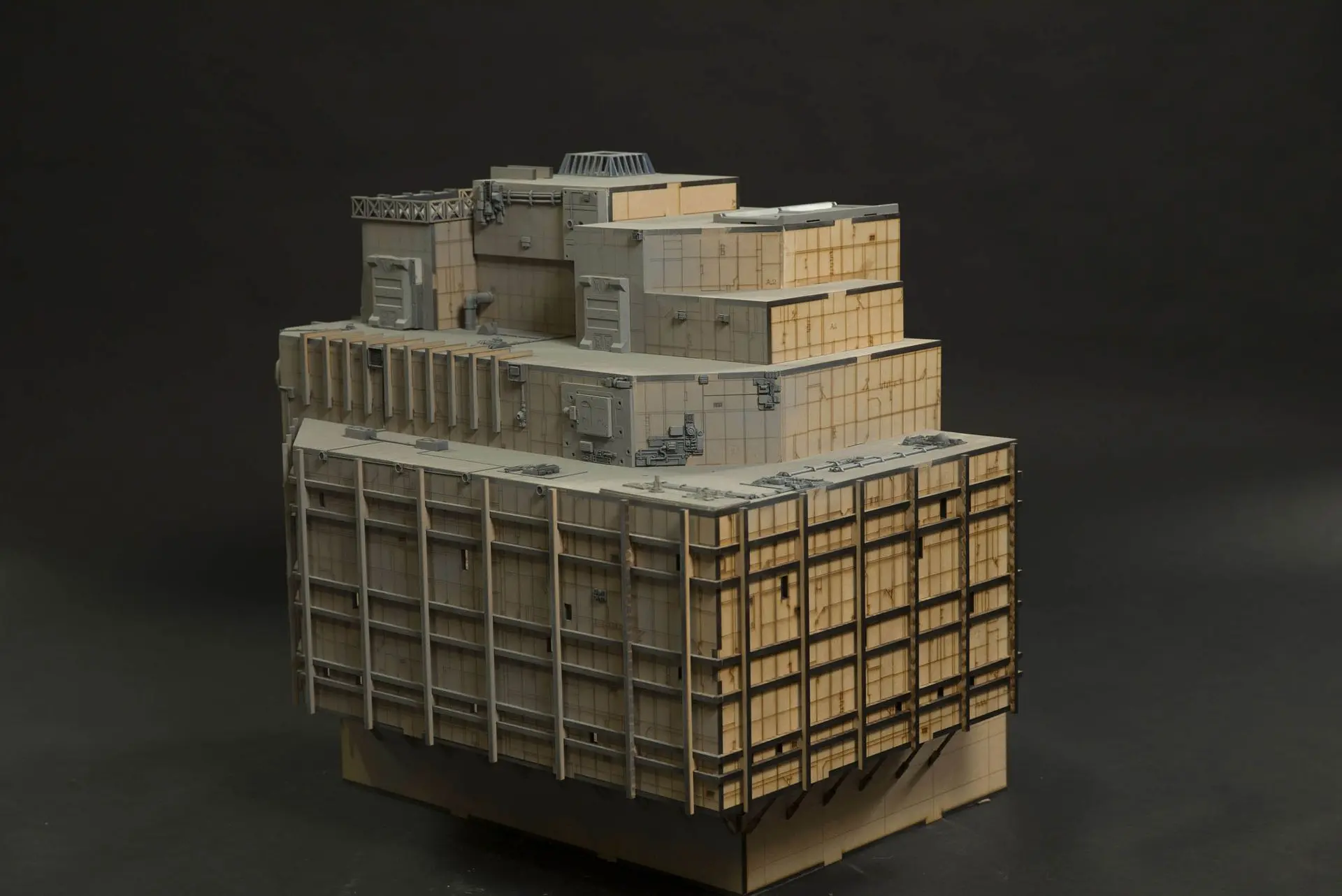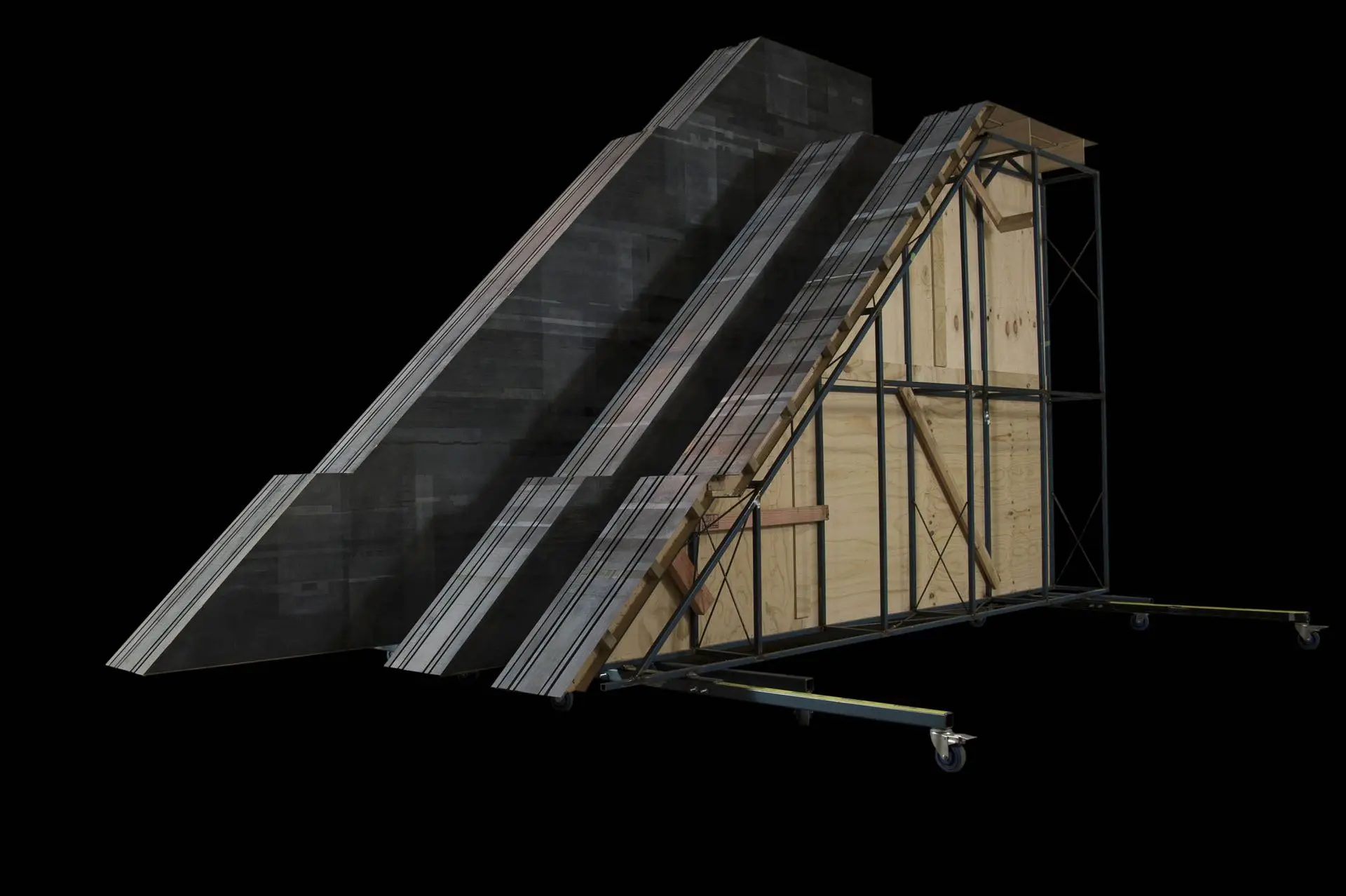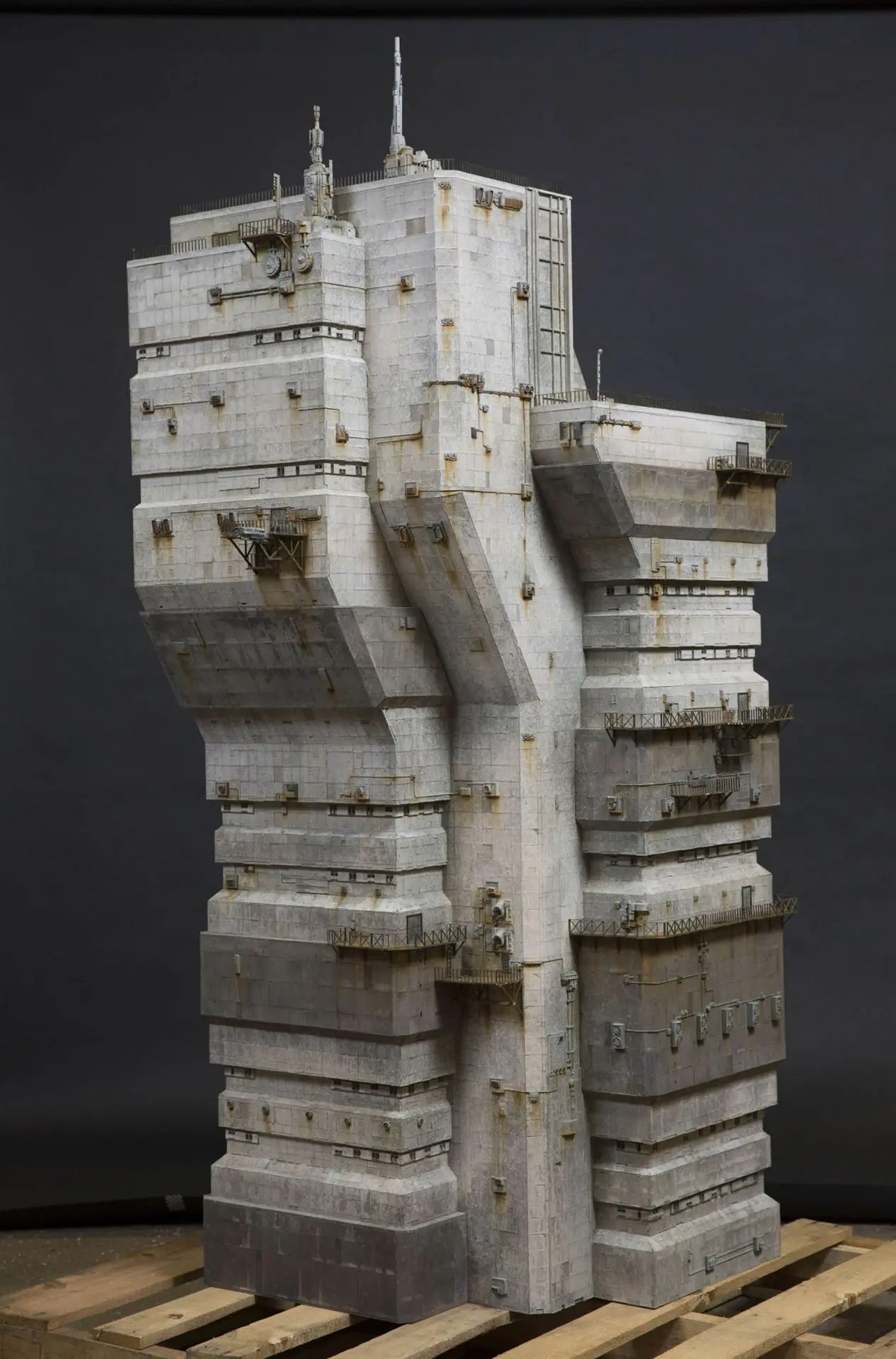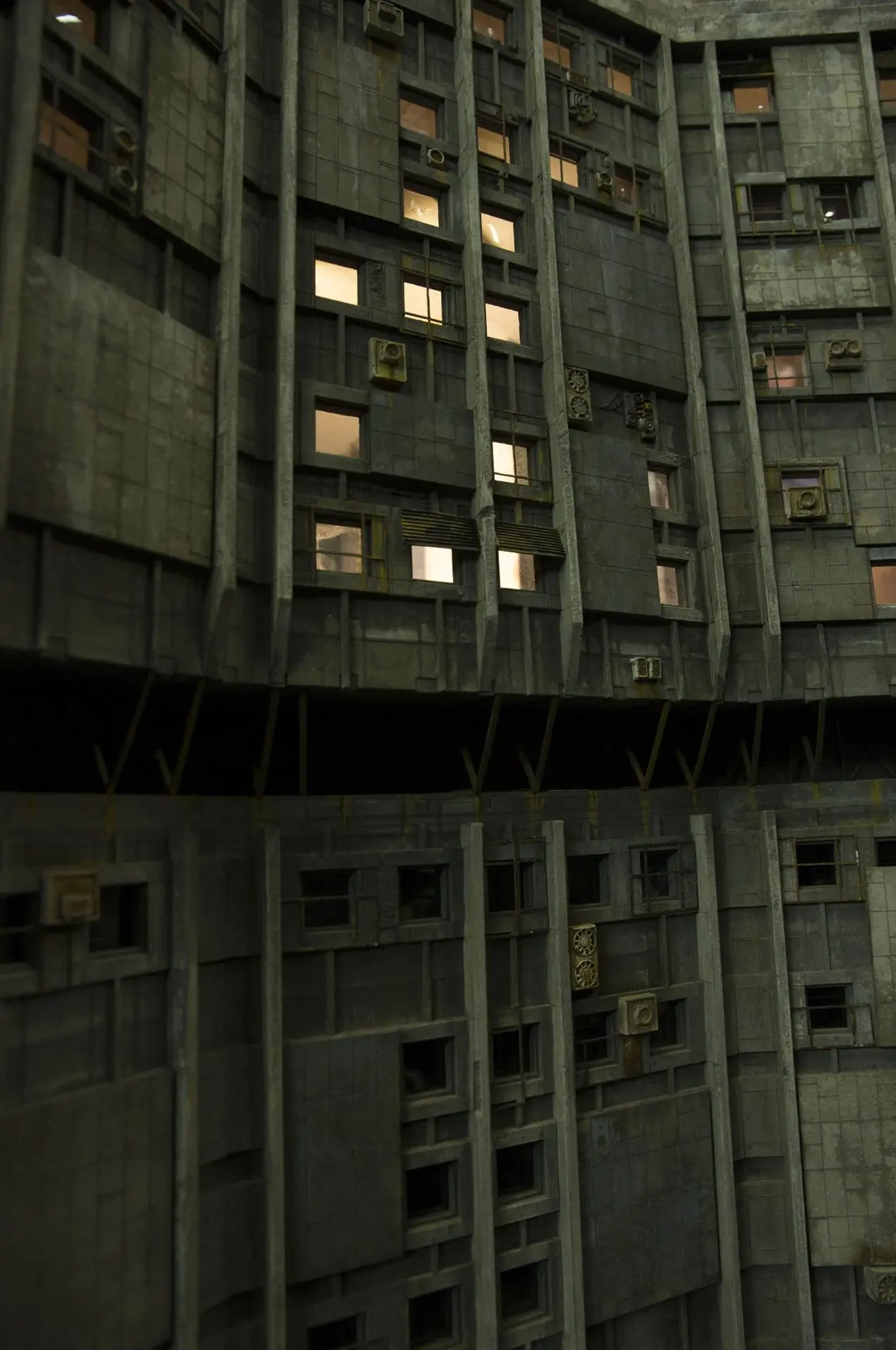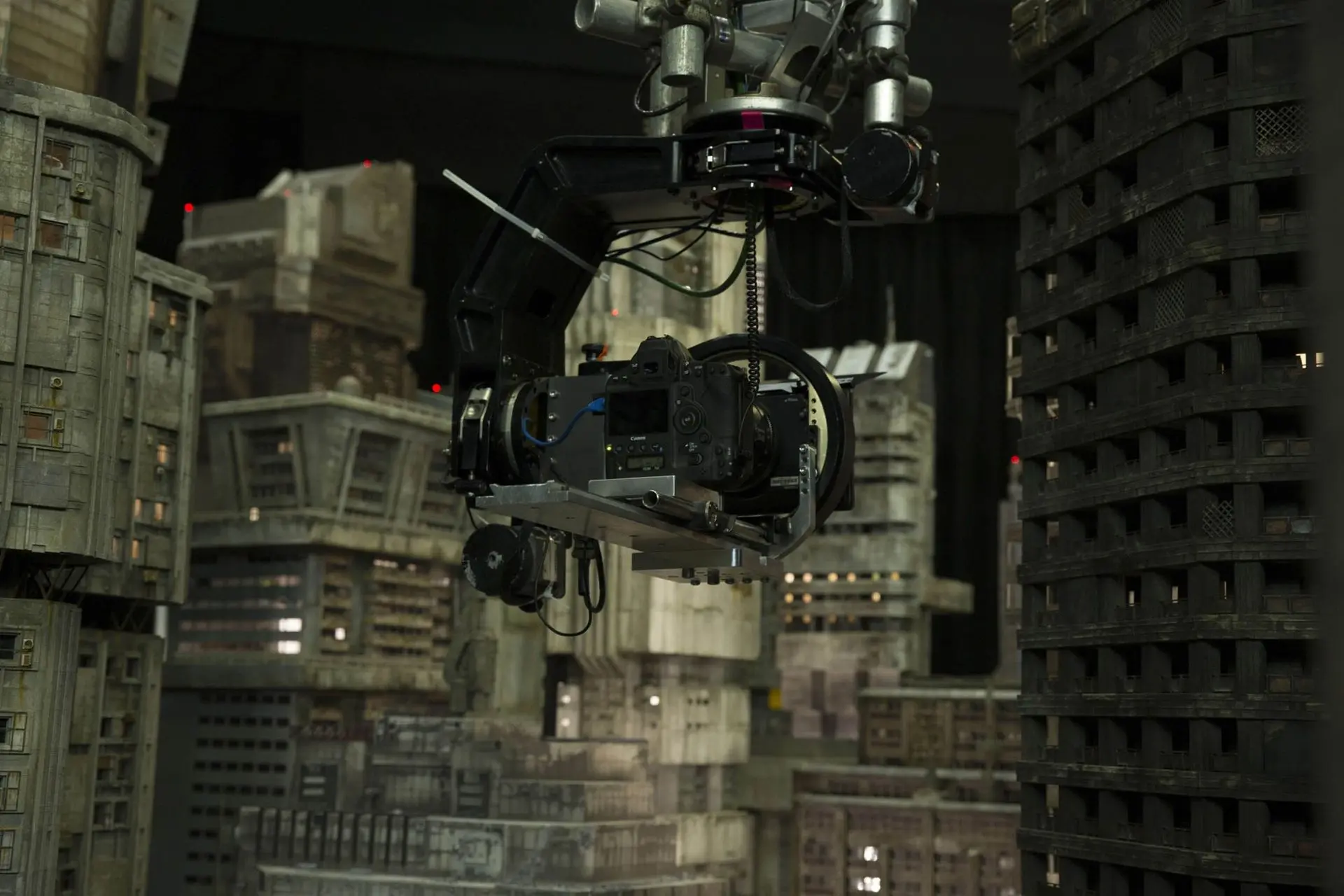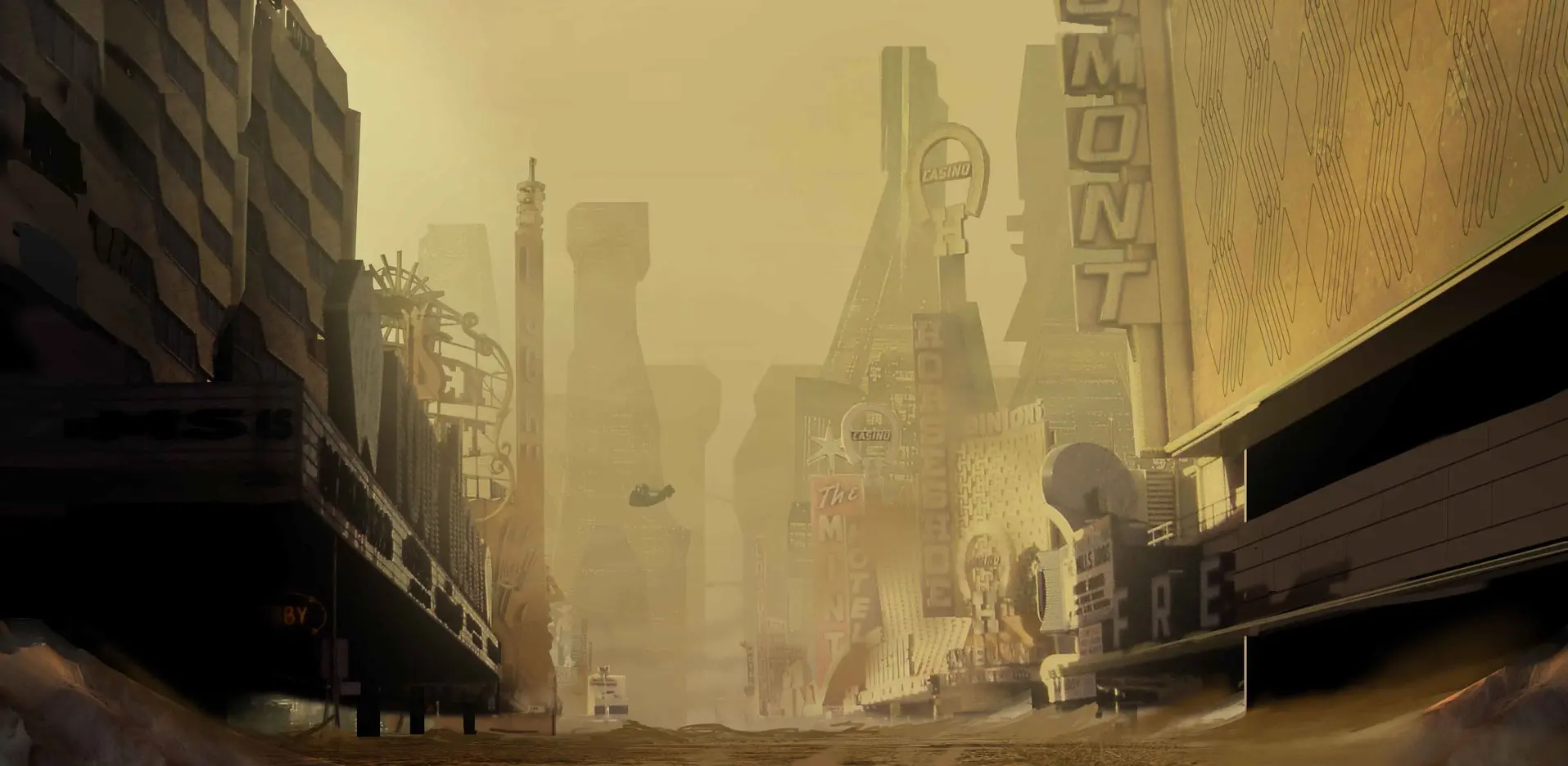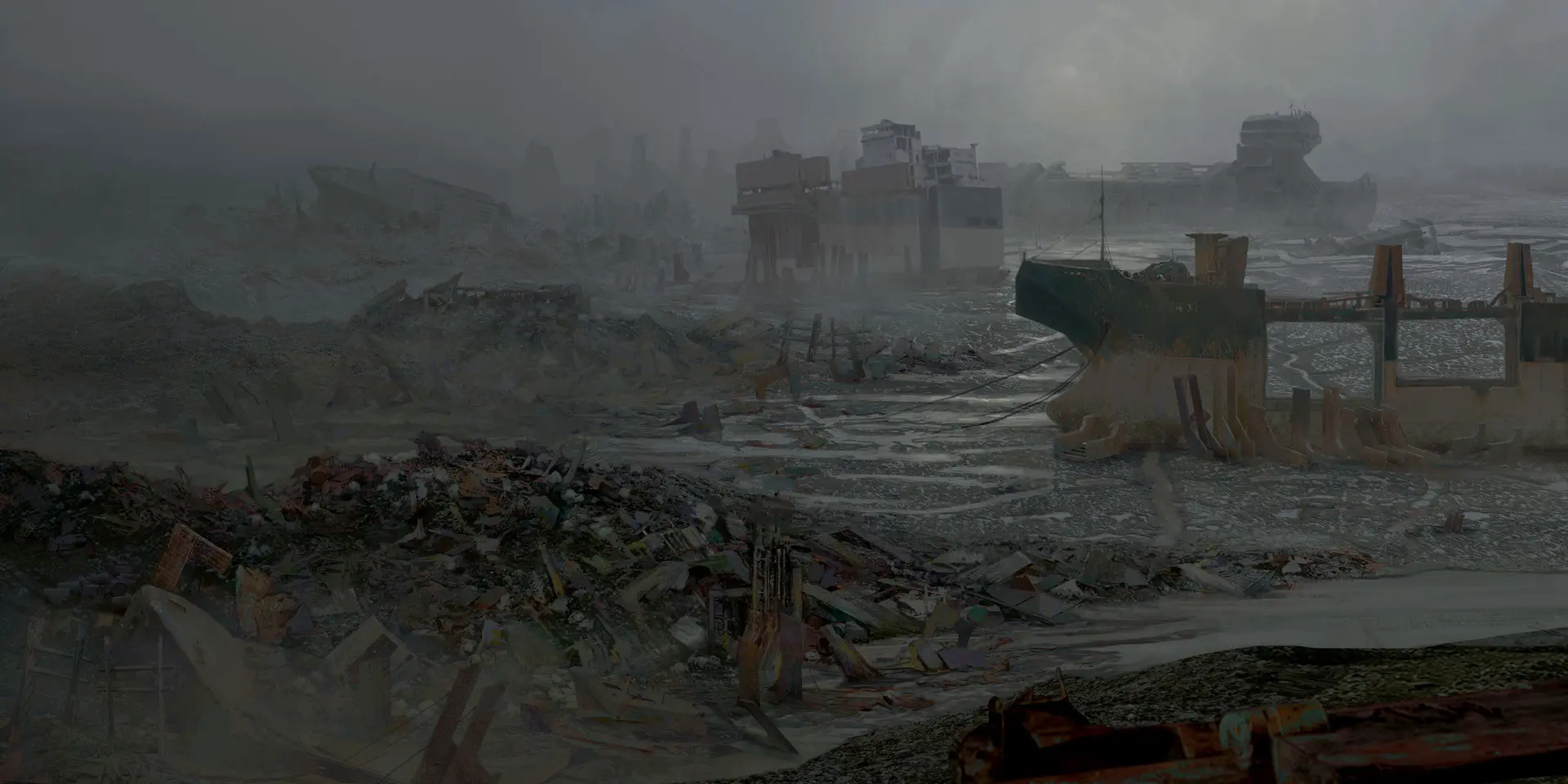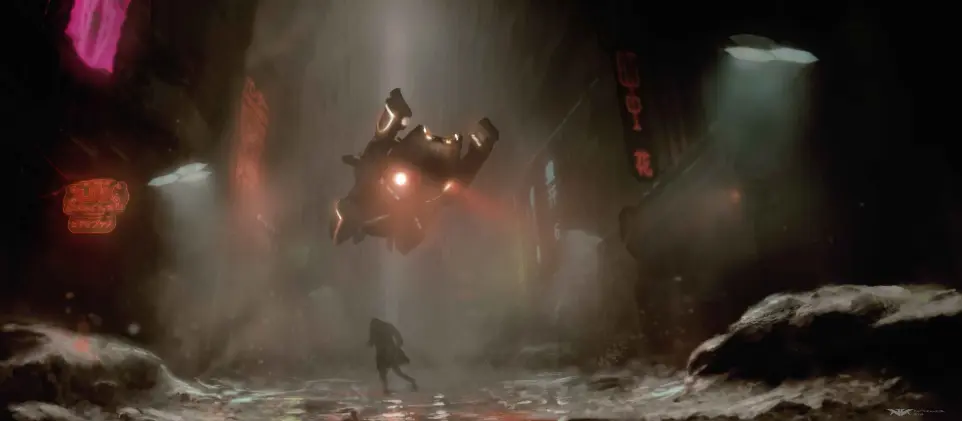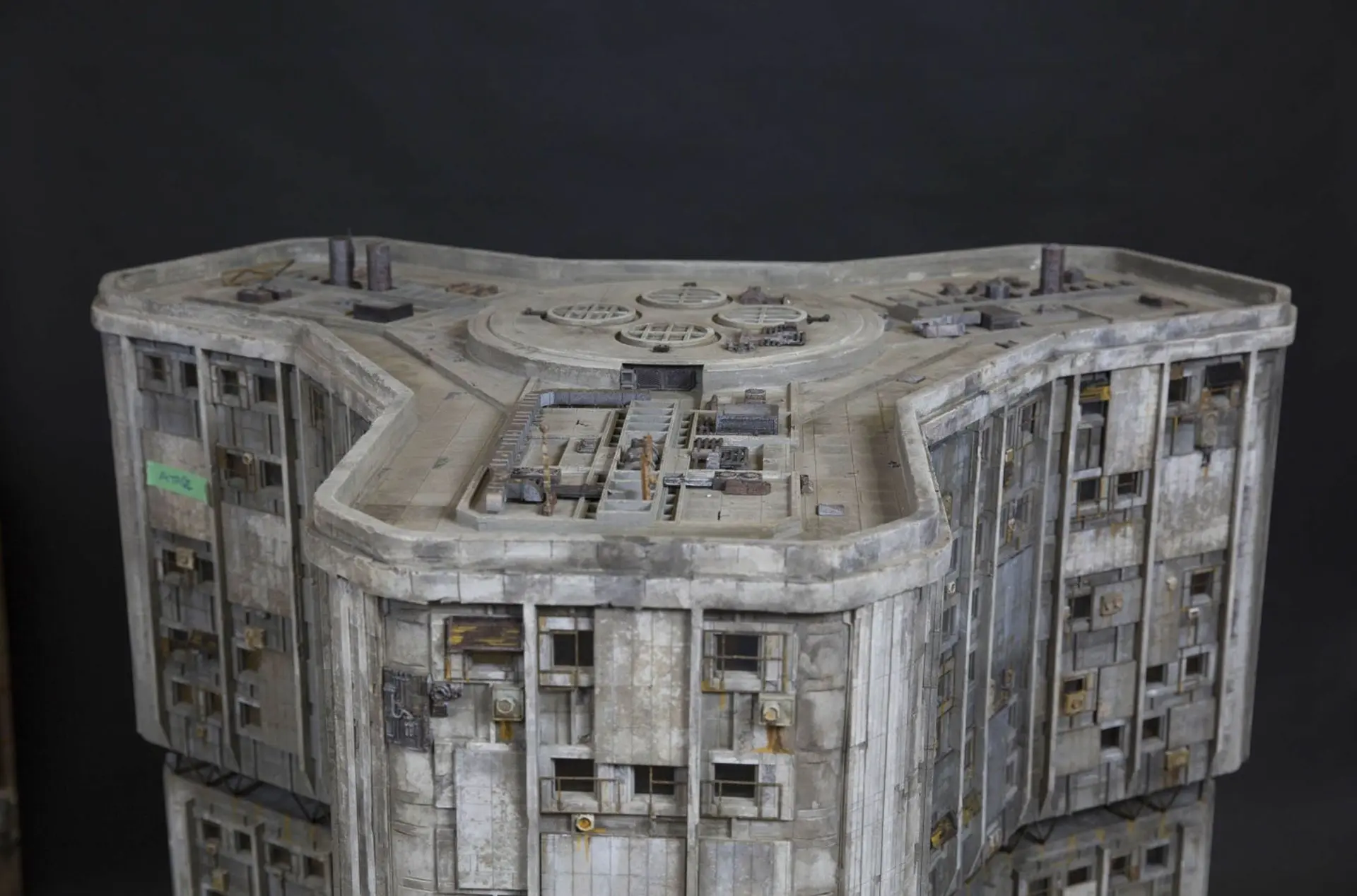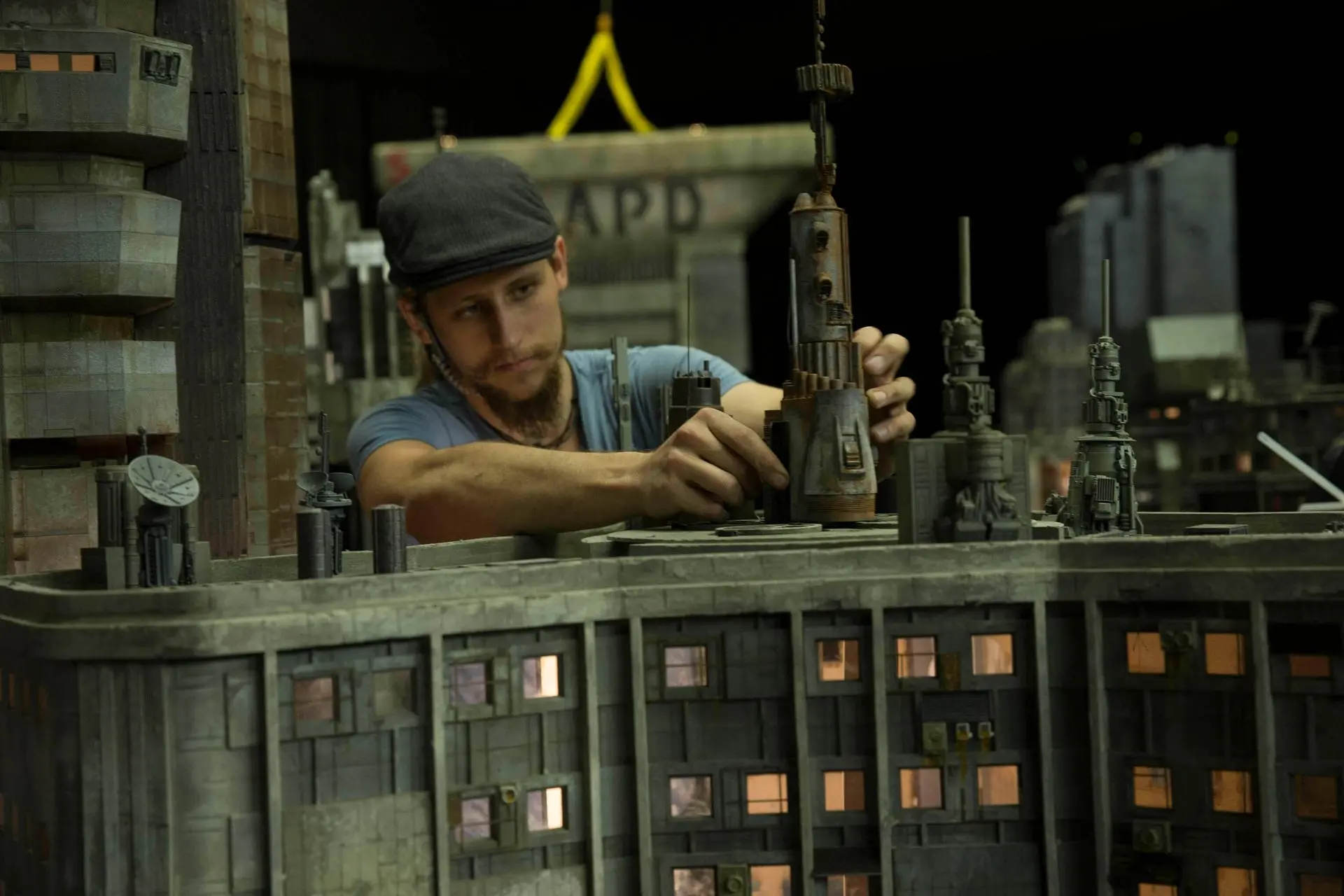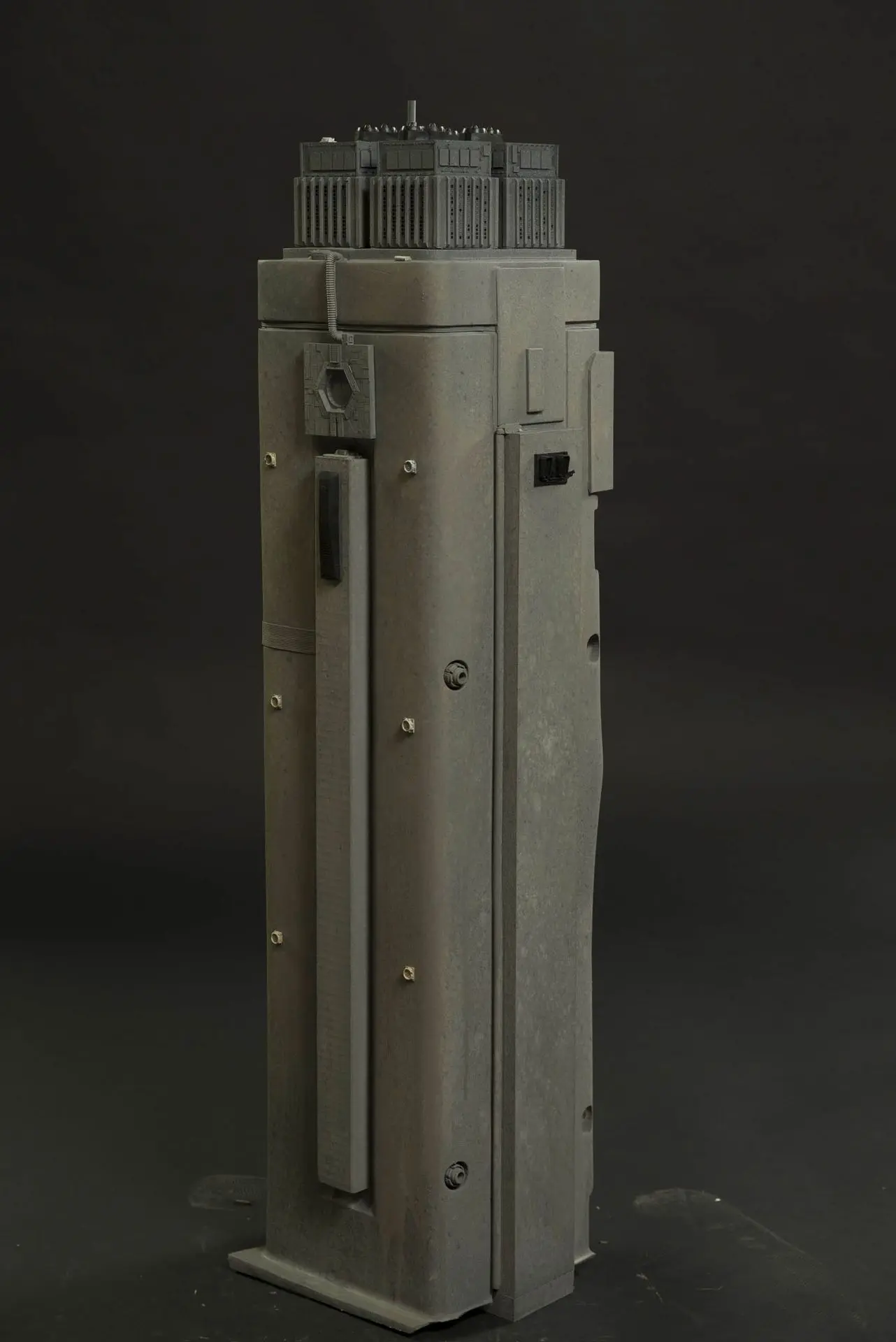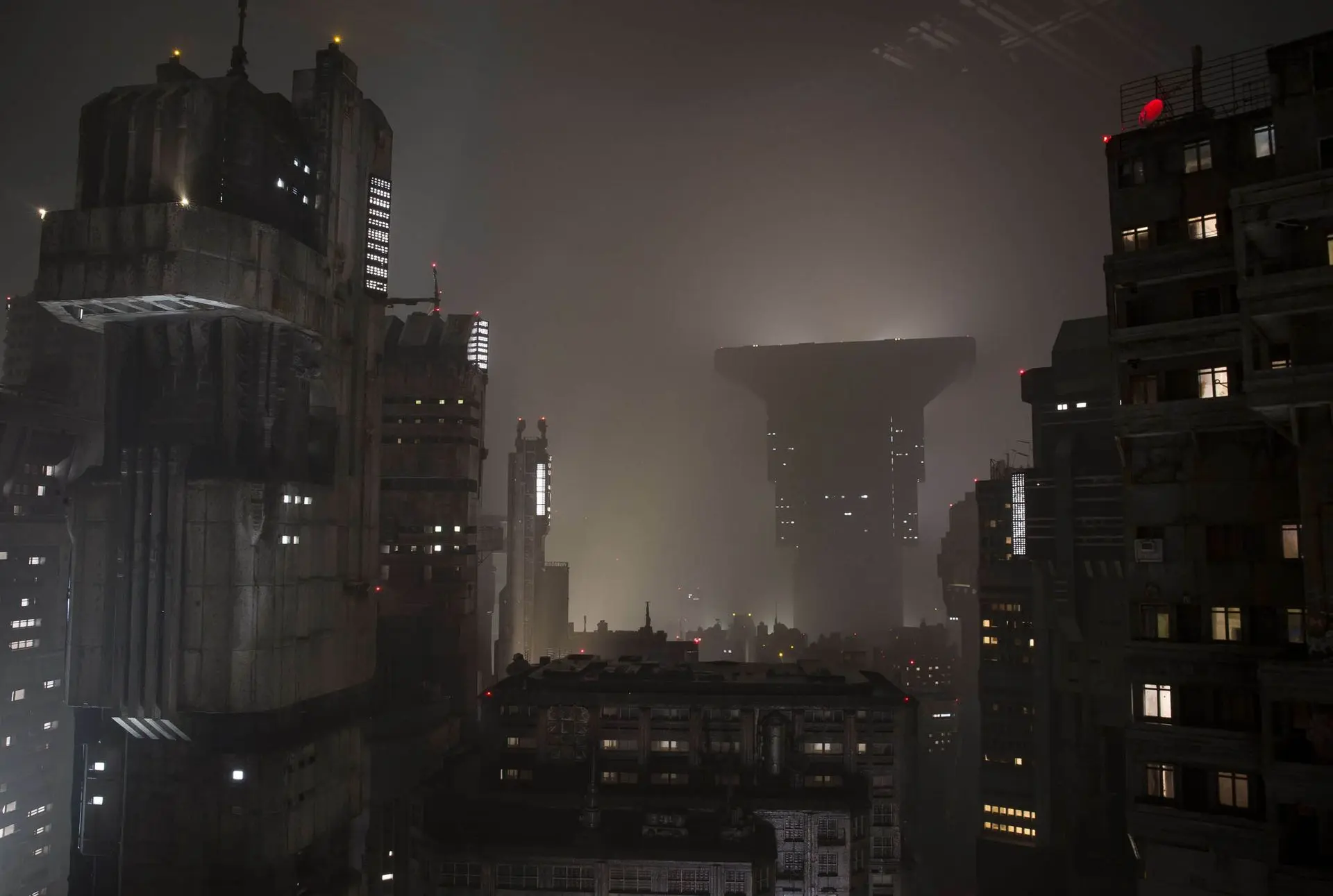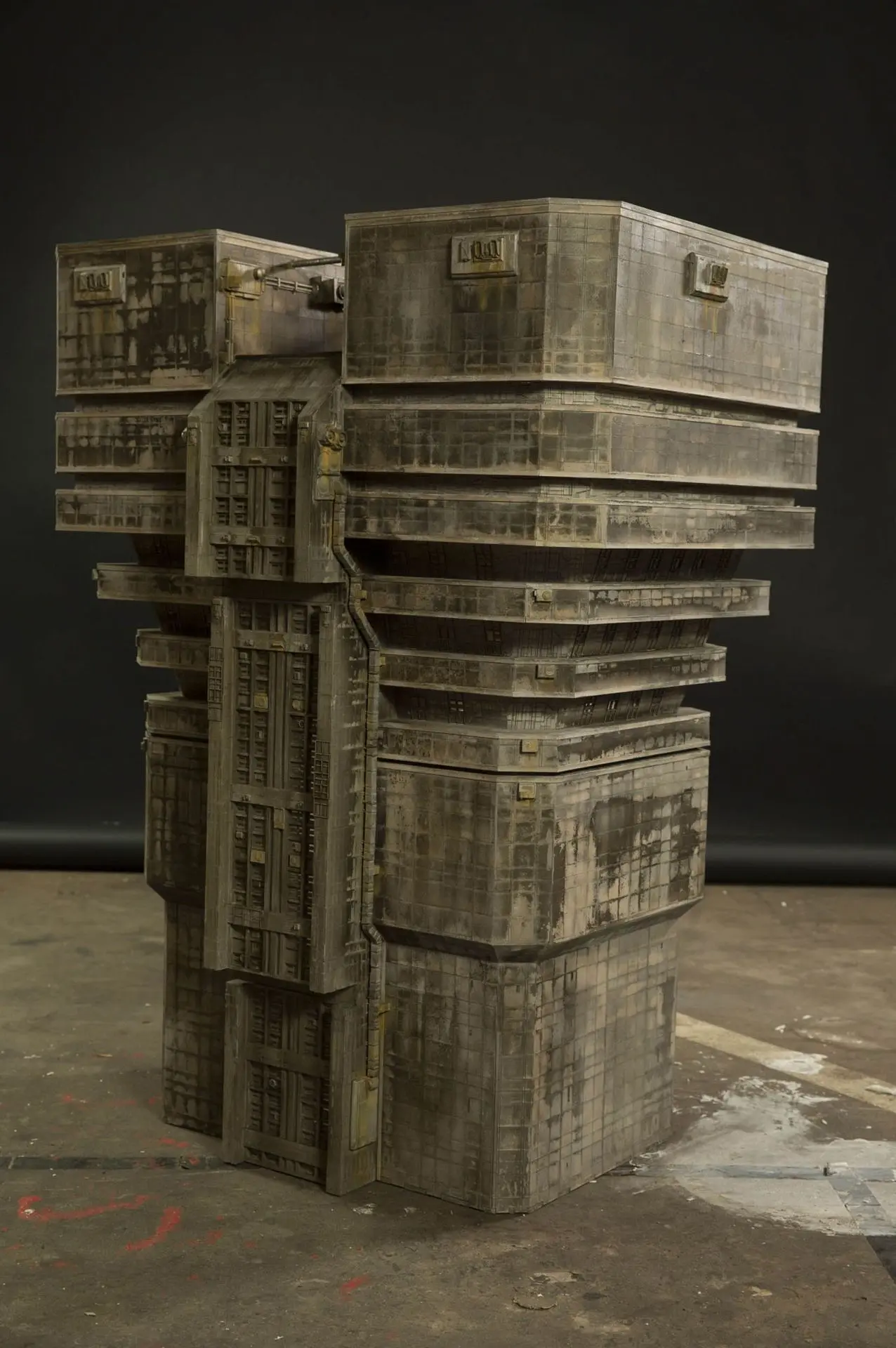Blade Runner 2049
Film and television • Design • Manufacture • Miniatures • World-building • Environments
Blade Runner 2049
Film and television • Design • Manufacture
• Miniatures • World-building • Environments
Director Denis Villeneuve’s Blade Runner 2049, the follow-up to Ridley Scott’s iconic science fiction film, has earned universal critical acclaim worldwide. Alongside stunning visuals and cutting-edge digital effects, the film features monumental physical miniatures, built and filmed in New Zealand by Wētā Workshop.
The miniatures’ build and shoot took place in Wellington in tandem with the film’s production in Hungary. Reuniting crew who had worked together on miniatures for The Lord of the Rings, Wētā Workshop was tasked with creating, and subsequently filming, three expansive miniature environments: a Los Angeles cityscape, complete with enormous L.A.P.D. tower; parts of the Trash Mesa, a vast ruin on the outskirts of L.A.; and a set of colossal pyramid-shaped skyscrapers. Wētā Workshop’s Design Studio was commissioned at an early stage to help conceptualise key scenes for the film.
In Denis’s Blade Runner future, the Los Angeles of 2049 is populated with megalithic buildings on a scale unconceivable in today’s world. Under the leadership of Wētā Workshop senior art director Ben Milsom and production manager Holly Beals, the Workshop crew combined precise 3D modelling and laser-cutting techniques with traditional model-making craftsmanship, to build a series of towering structures; some so large that, even shrunk to as little as 600th scale, they dwarfed the artists and technicians who worked on them.
Lower Hutt’s Avalon Studios, with its purpose-built shooting stages, was the ideal setting to house and film these enormous creations.
“We knew we needed a big space and Avalon was so well-resourced – there was a range of support that they gave us, which was wonderful,” says Holly. “They had a lot of equipment on hand and multiple stages.”
Of the 38-odd structures created, the L.A.P.D. building was the biggest, standing at 4.5 metres tall. Built in the Workshop’s Miramar Peninsula facility, it had to be transported to set in three pieces. The pyramid-shaped Wallace Towers, constructed around steel frames, could only be lifted by crane; while the Trash Mesa, built in 87th scale, nearly filled the floor of its Avalon stage.
The individual elements for the Mesa were crafted at Wētā Workshop then assembled on site like a model kit of enormous proportions. It called to mind the Workshop’s best-known miniatures work: the towering, intricately detailed environments of The Lord of the Rings.
Director Denis Villeneuve’s Blade Runner 2049, the follow-up to Ridley Scott’s iconic science fiction film, has earned universal critical acclaim worldwide. Alongside stunning visuals and cutting-edge digital effects, the film features monumental physical miniatures, built and filmed in New Zealand by Wētā Workshop.
The miniatures’ build and shoot took place in Wellington in tandem with the film’s production in Hungary. Reuniting crew who had worked together on miniatures for The Lord of the Rings, Wētā Workshop was tasked with creating, and subsequently filming, three expansive miniature environments: a Los Angeles cityscape, complete with enormous L.A.P.D. tower; parts of the Trash Mesa, a vast ruin on the outskirts of L.A.; and a set of colossal pyramid-shaped skyscrapers. Wētā Workshop’s Design Studio was commissioned at an early stage to help conceptualise key scenes for the film.
In Denis’s Blade Runner future, the Los Angeles of 2049 is populated with megalithic buildings on a scale unconceivable in today’s world. Under the leadership of Wētā Workshop senior art director Ben Milsom and production manager Holly Beals, the workshop crew combined precise 3D modelling and laser-cutting techniques with traditional model-making craftsmanship, to build a series of towering structures; some so large that, even shrunk to as little as 600th scale, they dwarfed the artists and technicians who worked on them.
Lower Hutt’s Avalon Studios, with its purpose-built shooting stages, was the ideal setting to house and film these enormous creations.
“We knew we needed a big space and Avalon was so well-resourced — there was a range of support that they gave us, which was wonderful,” says Holly. “They had a lot of equipment on hand and multiple stages.”
Of the 38-odd structures created, the L.A.P.D. building was the biggest, standing at 4.5 metres tall. Built in the Workshop’s Miramar Peninsula facility, it had to be transported to set in three pieces. The pyramid-shaped Wallace Towers, constructed around steel frames, could only be lifted by crane; while the Trash Mesa, built in 87th scale, nearly filled the floor of its Avalon stage.
The individual elements for the Mesa were crafted at Wētā Workshop then assembled on site like a model kit of enormous proportions. It called to mind the Workshop’s best-known miniatures work: the towering, intricately detailed environments of The Lord of the Rings.
Shooting of the miniatures began in October 2016. Directing the Wētā Workshop film unit was the multi-award-winning special effects photographer Alex Funke, an industry veteran internationally renowned for his work on films like Total Recall, King Kong and The Lord of the Rings. Alex and his team — many of whom were part of the original crew who worked with Alex several decades ago on The Lord of the Rings — shot multiple passes of each miniature with various lighting and practical effects.
Those shots were then delivered to Blade Runner 2049’s VFX supervisor John Nelson and VFX producer Karen Murphy, who were on location in Budapest. The shots provided the basis for the film’s visual effects team to layer digital elements, such as the iconic Spinner, seamlessly over the top. The effect, as the vehicle soars through the city among real, physical buildings, is breath-taking.
“The easiest way is to break down the shot into a series of elements,” says Alex, “then when it’s time to build the shot, you have complete control. Effectively, you’re building a huge and very complicated sandwich that actually becomes the finished shot.”
Shooting of the miniatures began in October 2016. Directing the Wētā Workshop film unit was the multi-award-winning special effects photographer Alex Funke, an industry veteran internationally renowned for his work on films like Total Recall, King Kong and The Lord of the Rings. Alex and his team — many of whom were part of the original crew who worked with Alex several decades ago on The Lord of the Rings — shot multiple passes of each miniature with various lighting and practical effects.
Those shots were then delivered to Blade Runner 2049’s VFX supervisor John Nelson and VFX producer Karen Murphy, who were on location in Budapest. The shots provided the basis for the film’s visual effects team to layer digital elements, such as the iconic Spinner, seamlessly over the top. The effect, as the vehicle soars through the city among real, physical buildings, is breath-taking.
“The easiest way is to break down the shot into a series of elements,” says Alex, “then when it’s time to build the shot, you have complete control. Effectively, you’re building a huge and very complicated sandwich that actually becomes the finished shot.”
Related projects
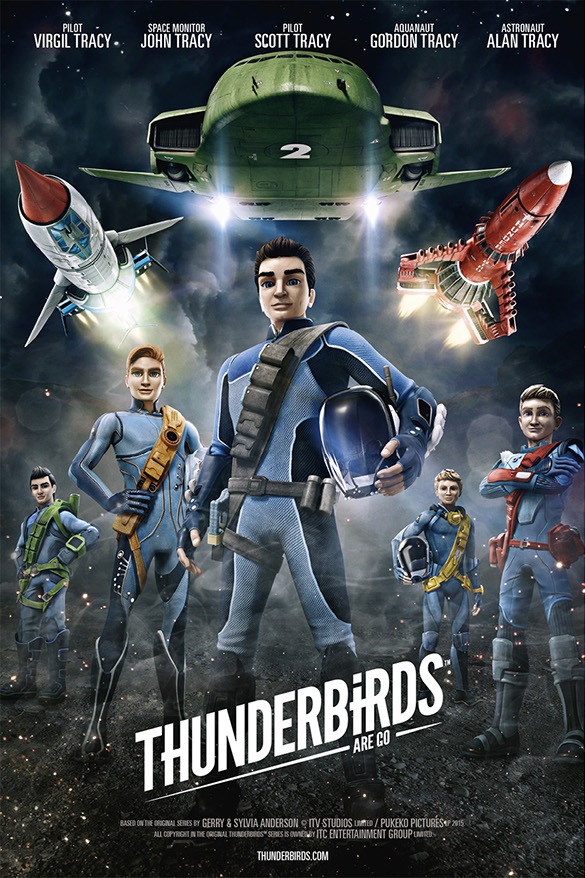
Thunderbirds Are Go
Film and television • Design • Manufacture • Characters • Props • Miniatures • Vehicles • World-building • Environments
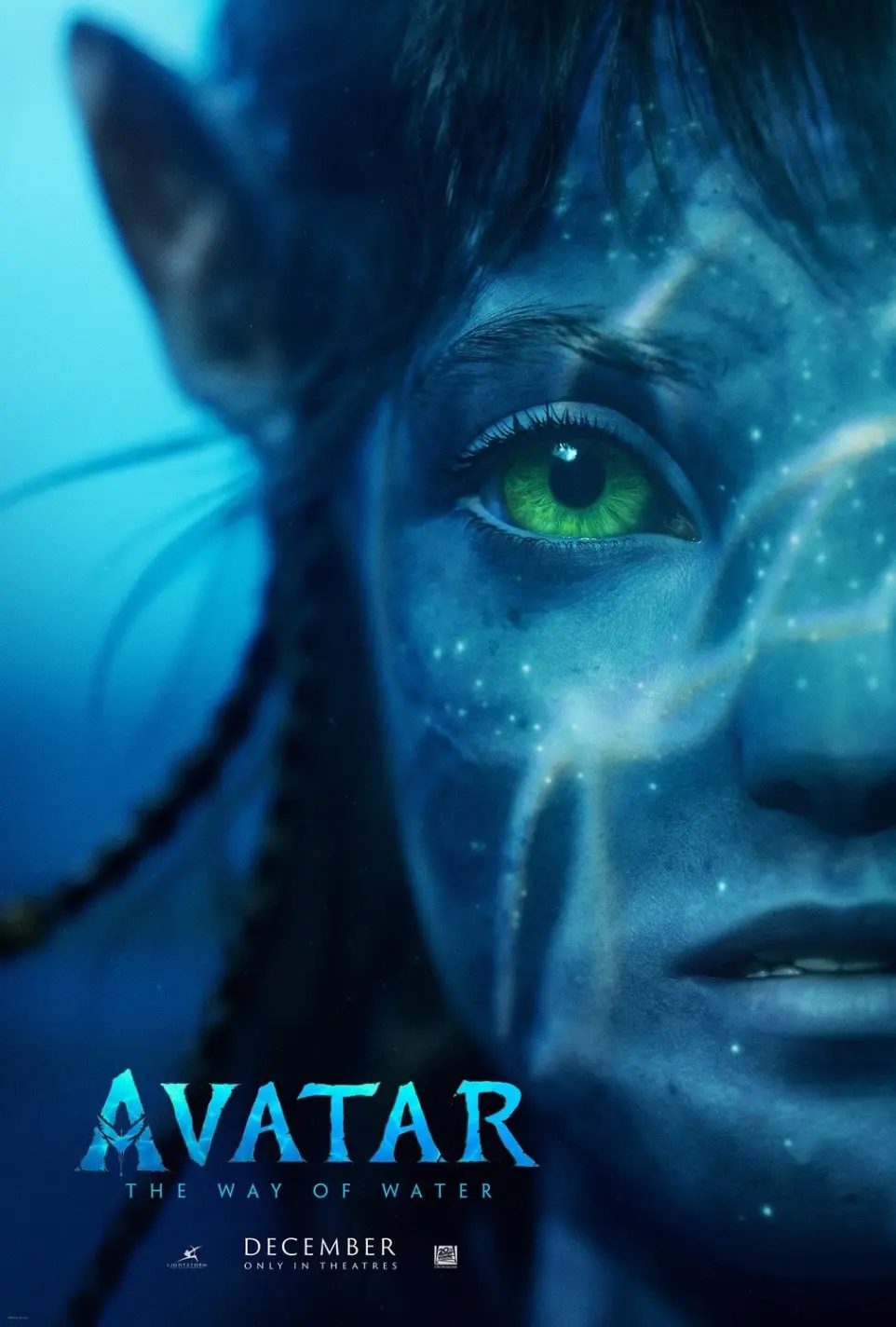
Avatar: The Way of Water
Film and television • Design • Manufacture • Costumes • Creatures • Characters • Props • Weapons • Vehicles • Miniatures • World-building
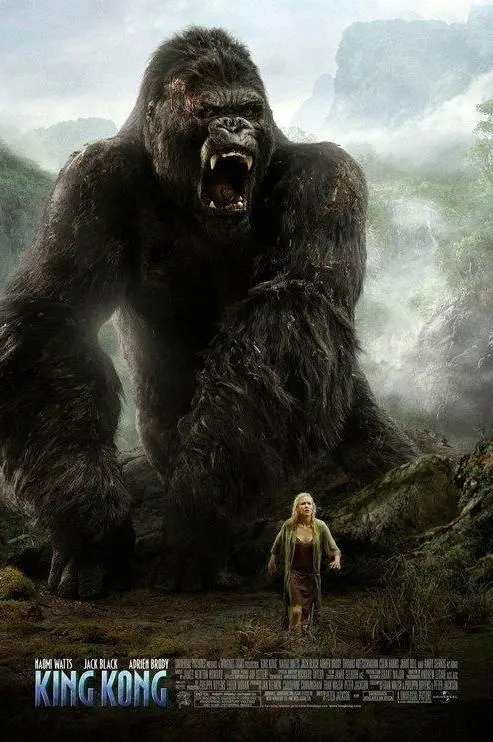
King Kong
Film and television • Design • Manufacture • Costumes • Creatures • Props • Weapons • Prosthetics and makeup effects • Miniatures • World-building • Environments
Related projects
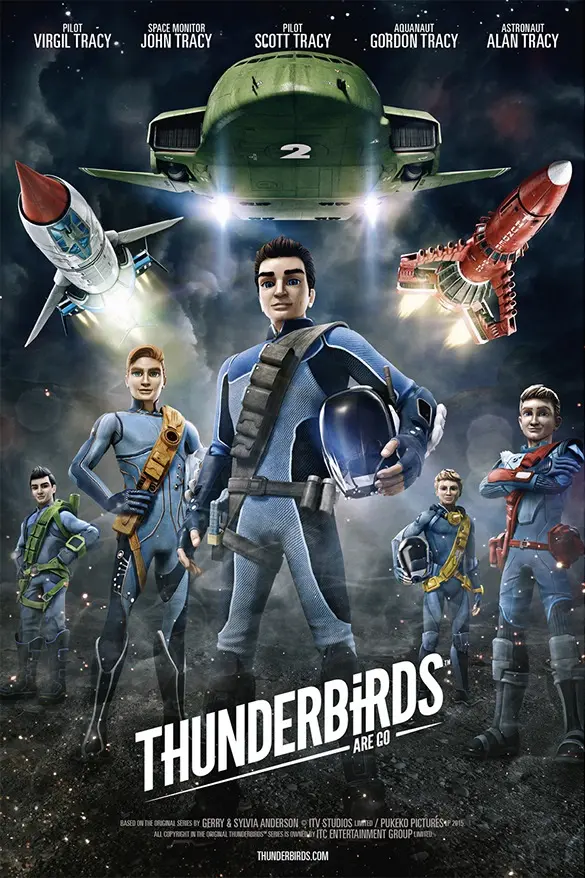
Thunderbirds Are Go
Film and television • Design • Manufacture • Characters • Props • Miniatures • Vehicles • World-building • Environments
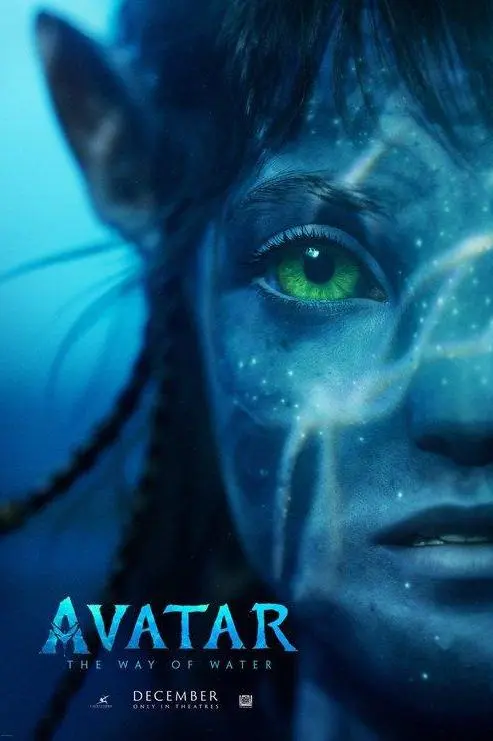
Avatar: The Way of Water
Film and television • Design • Manufacture • Costumes • Creatures • Characters • Props • Weapons • Vehicles • Miniatures • World-building

King Kong
Film and television • Design • Manufacture • Costumes • Creatures • Props • Weapons • Prosthetics and makeup effects • Miniatures • World-building • Environments
